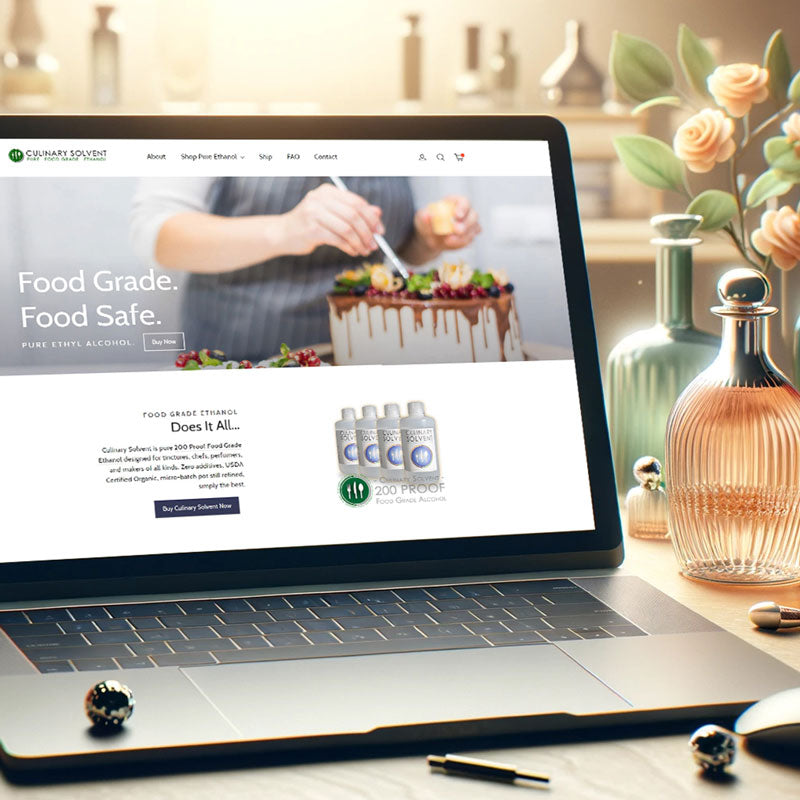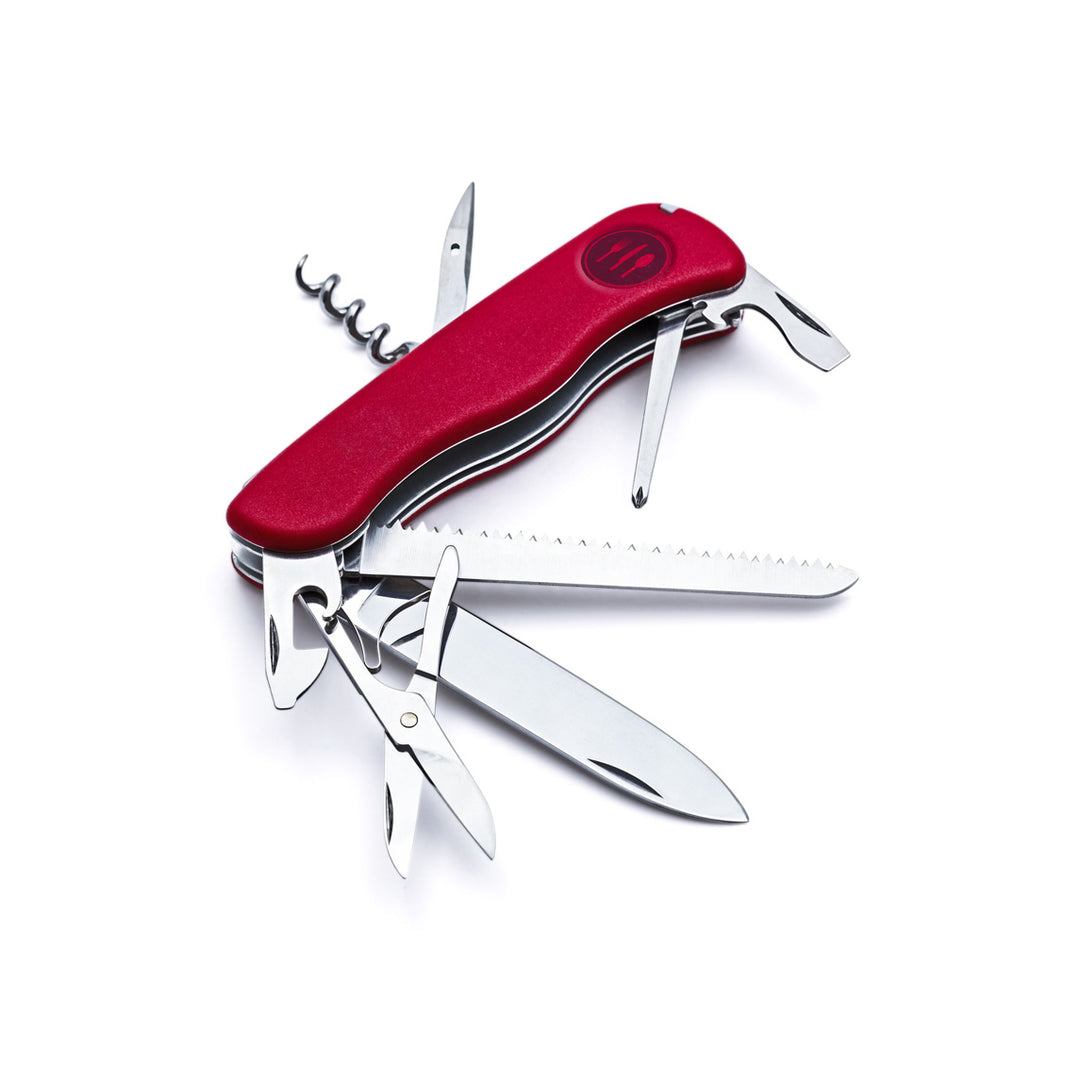Hand Sanitizer Recipe (Over 60% Alcohol) using 151 Proof Everclear

Recipes to Make 66% Alcohol Hand Sanitizer
The CDC recommends hand sanitizers of at least 60% alcohol (ethyl alcohol or isopropyl alcohol) for hand sanitation. See the CDC's complete recommendation here including their list of FDA approved disinfectant brands. We recommend making your hand sanitizer above the minimum ABV of 60%, see our recommended recipes below.
Customers seeking to maximize the hand sanitizer they can create with the starting alcohol they have on hand may follow the recipes below to make a hand sanitizer that is exactly 66% alcohol by volume. Diluting below the recommended concentration of 60% ABV may result in the spreading of germs, please take extra care to measure ingredients when diluting to 60% alcohol.
2 Step Homemade Hand Sanitizer Recipe, 66% Alcohol
Yield: 12 fl oz hand sanitizer
Final Concentration After Mixing: 66%
Heads Up! It is important to measure your ingredients when making this recipe, if you dilute the alcohol too much (below 60%) you will be spreading germs not killing them! When in doubt, use more alcohol to ensure the effective killing of germs and viruses.
Ingredients:
- 10 fl oz, of 151 Proof (75.5%) Everclear Ethyl Alcohol.
- 3 Tbsp of aloe gel (or any other moisturizing gel/lotion/cream/water)
Step 1 - In a glass bowl, combine the alcohol with the moisturizing gel/lotion/cream using the ratios provided above. Mix well with a whisk until combined thoroughly. If you shake to mix, allow time for the air bubbles to dissipate out of the foam created when shaking. This will improve the feel greatly.
Step 2 - Store your new homemade hand sanitizer in a bottle or container with a tight fitting lid. Plastic or glass is preferable over metal containers.
Congratulations!
Your homemade hand sanitizer is finished and ready to kill some germs and viruses. Good work!














